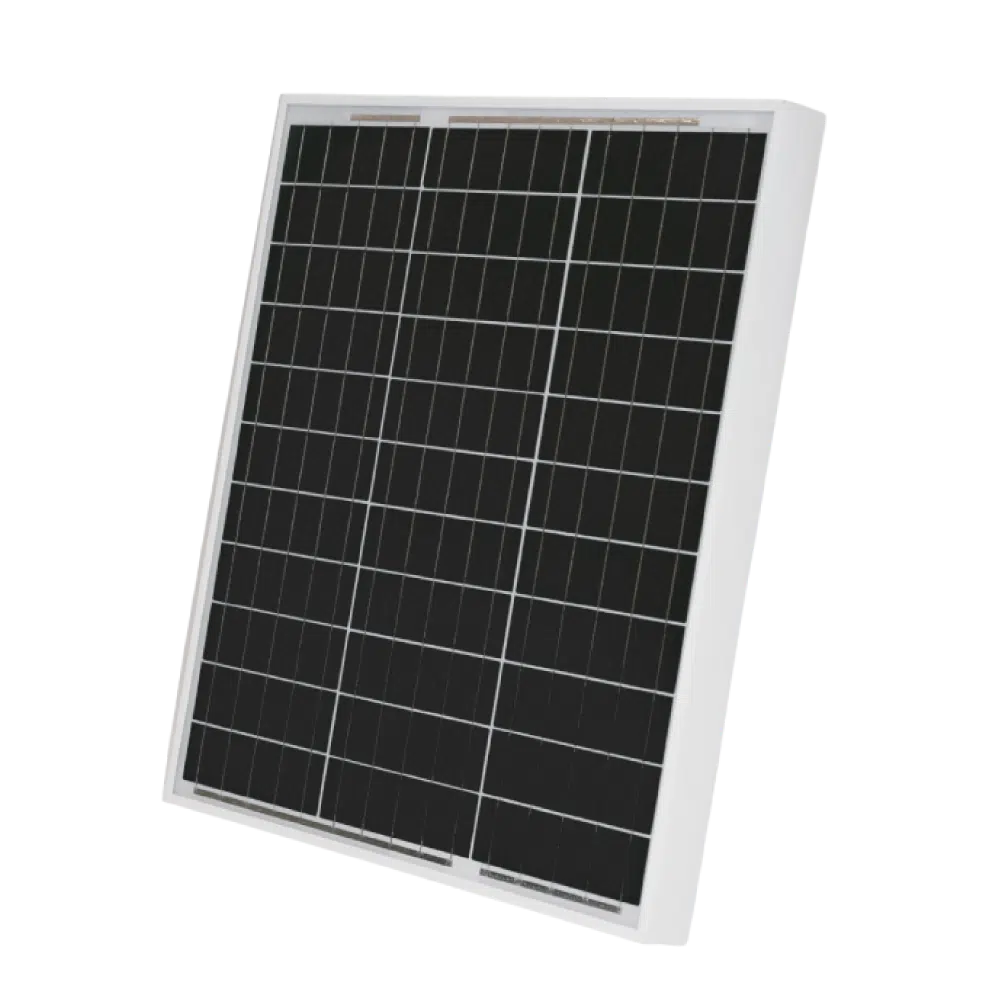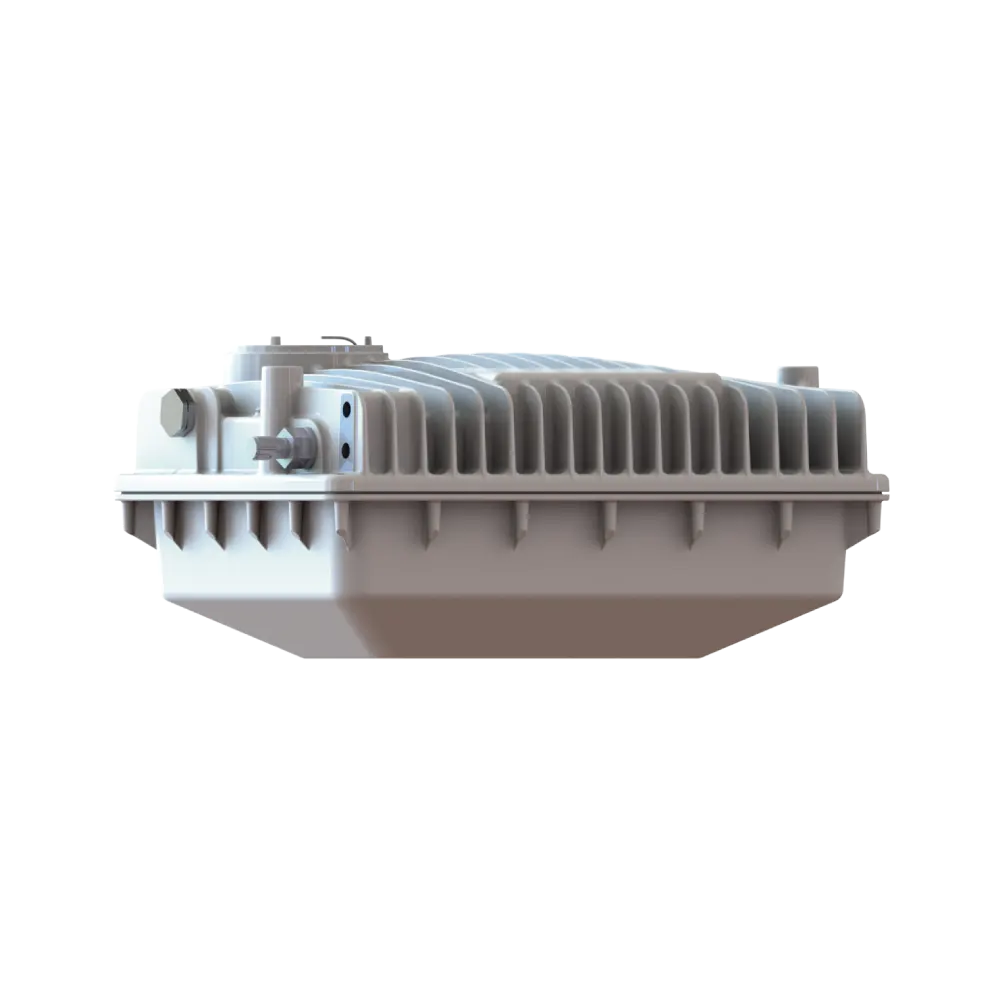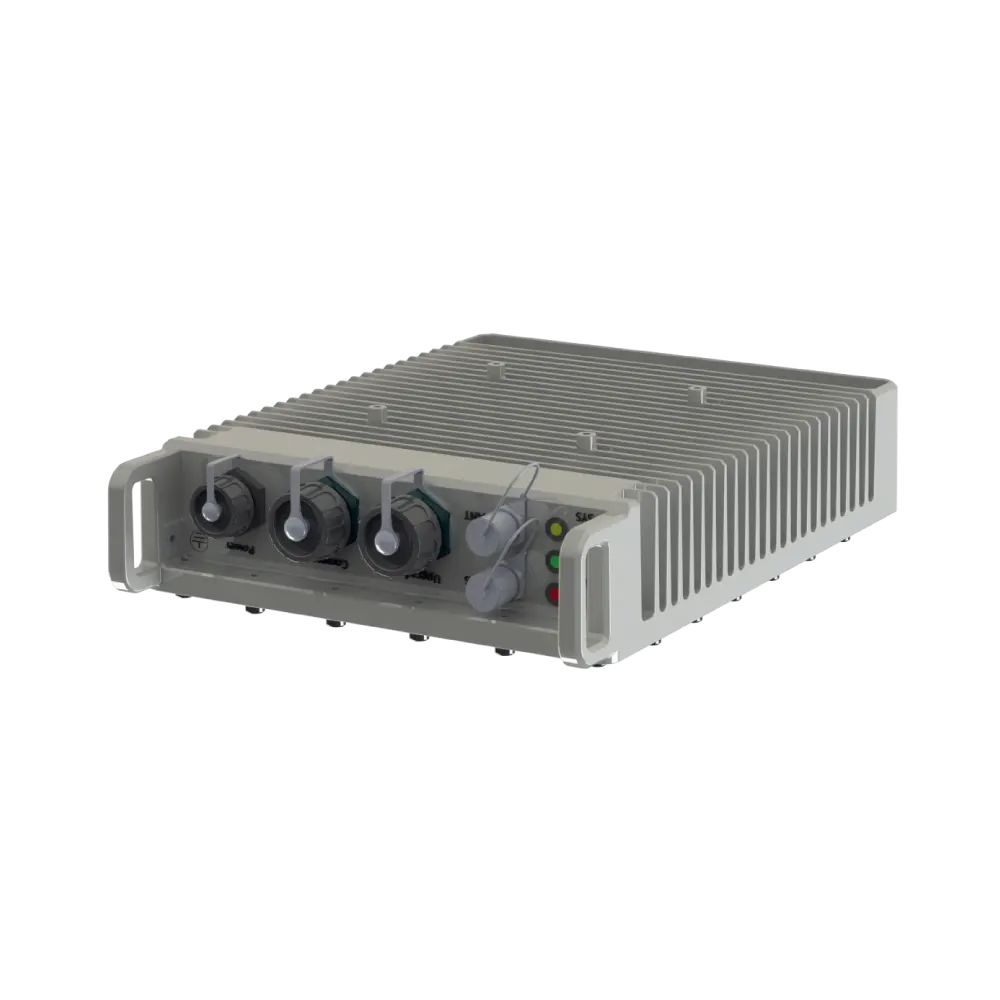Works Best for
KONA Mega EX is crafted for challenging hazardous outdoor environments with potential combustible elements: gasses, vapours, or liquids.
key verticals
kona mega ex benefits

Highly Selective Cavity Bandpass Filters

Simple Onboarding
Maximize Your Network Investment with Rugged Connectivity Excellence
Experience unmatched connectivity with KONA Mega Ex – a gateway that seamlessly integrates cutting-edge technology, empowering businesses to optimize operations and achieve peak performance effortlessly.
01
01

Why Choose
TEKTELIC Devices
TEKTELIC offers top-of-the-line LoRaWAN® gateways, sensors, and custom applications. These products, when combined, create a robust end-to-end solution that can be deployed efficiently and cost-effectively to tackle even the most complex IoT challenges.
01
01




















